
Why cat? Cats brings joy to our lives. Sometimes, human's love change from time to time... but, cats love are unconditionally .. won't change... no boundry, and no end; forever.The fantastically unique characteristics of cats, could even bring out the urge to some cat loves to write poetry and rhyme among the best (and worst) of us, and stir our senses. But, being a cat lovers, you got to be a responsible cat owner too. And that involves more than devotion and love - it also requires proper cat care that helps enrich our cats' lives. Here is your site to get information, talk, share your passion dan learn how to take care of a cat.
Cat Care
Cats bring joy to our lives. Being a responsible cat owner involves more than devotion and love – it also requires proper cat care. That's why Purina is dedicated to delivering the knowledge, expertise and state-of-the-art science that helps enrich our cats' lives. Learn how to take care of a cat here.
Vaccinations

All kittens need to be vaccinated according to the schedule provided by your veterinarian. Cat vaccines protect against feline leukemia, feline distemper, upper respiratory infections and rabies. Veterinarians usually recommend giving a young kitten a series of these vaccinations starting when the kitten is six to eight weeks old, and continuing every three to four weeks until the kitten is about four months old. Remember most vaccines must be given over a period of time and require multiple veterinary visits. So check with your veterinarian and get ready for a happy, rewarding friendship with your pet. Below is a recommended vaccination schedule for your new kitten. Vaccination protocols will vary from state to state, so please consult your veterinarian.
Recommended Vaccination Schedule*

Disease Age At First Vaccination (weeks) Booster Vaccination Intervals (months following initial series)
Caliciviral Disease (upper respiratory) 6-8 12
Feline Leukemia 10 12 or 13 and 14*
Panleukopenia (feline distemper) 6-8 12
Pneumonitis (Chlamydiosis) 6-10 12
Rabies 12-16 12 or 36**
Viral Rhinotrachetis (upper respiratory) 8-10 12
*Vaccination protocols will vary. Consult with your veterinarian to discuss your cat's vaccination needs.
**Depending on which type of vaccination your veterinarian recommends and local laws.
Administering Medication

Giving pills to your cat is easier when you know how. It's hard to deceive a cat because most pills can't be hidden in a bite of cat food. Besides, cats are both curious and suspicious, so they will nose around any new food item.
Just put the pill where the cat has to swallow it. The most effective way is to put the cat on your lap, with its back to you so that she can't get away. Then grasp the teeth of the upper jaw and tilt the head backwards gently. Holding the pill between your thumb and index finger of the other hand, use the other fingers to gently pry the cats mouth open. You can then drop the tablet down the throat. Sometimes you'll need to give it a gentle push. Be sure to talk soothingly to your cat during this process, and reward her when you are finished.
Your cat won't like this until she gets used to it. So remind yourself that it's for her own good.
Feeding Cats For Life Stages
Feeding Kittens

Kittens require about twice the energy per pound of body weight as a mature cat. Kittens should be completely weaned by six to eight weeks and be accustomed to a regular diet of a complete and balanced growth-type food for kittens. It is recommended that kittens be fed three to four times a day during this period of rapid growth, and a source of fresh, clean water should be available at all times. Moistened dry food or canned food left at room temperature can become unpalatable and may even spoil if left out for several hours, so uneaten portions should be removed and discarded after one hour. As with other animals, any diet changes should be made gradually over a 7 to 10 day period to avoid causing digestive upset.
Kittens tend to be "occasional" eaters as they take a large number of small meals throughout the day. After consuming a small portion of the food, the kitten leaves and returns at intervals to eat. This behavior should not be confused with a reluctance or refusal to eat. If food refusal is prolonged and/or the kitten shows signs of illness such as listlessness, diarrhea, repeated vomiting, discharge from the eyes or nose, straining to urinate or constipation, or unusual hiding in dark places, a veterinarian should be consulted.
From seven months to one year, kittens should be fed twice a day. Kittens should be fed as individuals, and amounts to feed will depend upon activity and body condition.
If a cat becomes overweight, her food intake should be lowered. A veterinarian can help the owner assess the cat's body condition and, if necessary, help plan an appropriate weight reduction program.
Feeding Adult Cats

An adult cat with normal activity requires only a maintenance diet. A good-quality commercial cat food that is complete and balanced for maintenance or for all life stages is appropriate to feed to adult cats. Cats should be fed as individuals, and the factors that influence the amount of food a typical adult cat requires to maintain good body condition include activity level, temperature, and body metabolism. An ideal body condition is one in which:
The animal is well proportioned,
Has an observable waist behind the ribcage
Ribs can be felt with a slight fat covering over them
Because cats tend to be nibblers or "occasional eaters," they should have access to their food throughout the day. And, as with other animals, an available source of clean, fresh water is important.
Cats require a higher level of dietary protein and a different nutrient balance than dogs. Like kittens, mature cats require the addition of taurine to their diet. For this reason, cats should only be fed a complete and balanced cat food and never a dog food. A cat can be fed a maintenance diet after she is one year of age. Maintenance diets are not appropriate for kittens, or pregnant or nursing females.
Even when all factors are the same, two cats of similar size, age, and activity may need different amounts of food simply because they have different metabolism rates. A cat's appetite and total food consumption will vary from day to day. Loss of appetite or reluctance to eat are not problems in adult cats unless they persist for several days or the cat shows symptoms of illness. If this happens, your cat should be examined by a veterinarian.
Feeding During Pregnancy

While nutrition is a key factor in keeping a cat healthy, its importance is heightened during gestation and lactation. Diets labeled for adult maintenance, intermittent feeding, or therapeutic uses are generally inadequate for gestation and lactation. A diet selected for feeding during this time should be labeled as nutritionally complete and balanced for all life stages or for growth and reproduction. If a maintenance diet is fed prior to breeding, a gradual changeover should be made to a diet appropriate for reproduction during the last trimester of pregnancy.
Throughout gestation, the female may show a slow, steady increase in body weight and at the same time a gradual increase in food intake. Hormonal and behavioral changes that occur during reproduction may cause periods of under eating, overeating, or not eating. However, if under eating is prolonged, or if the female's body condition begins to deteriorate, she should be examined by a veterinarian for health problems. As littering nears, a female may also lose her appetite. Usually within 24 hours after delivery the female's appetite will slowly increase.
Feeding During Lactation

Females may have to be fed two or three times per day, and fresh water in a clean dish should be available. Dry food should be fed moistened during lactation to increase the female's food and water intake, and to encourage kittens to start nibbling solid food.
When kittens are three to four weeks of age, interest in solid food begins and the female's interest in nursing declines. Moistened food in a shallow dish should be available to the kittens for several hours each day.
For females that continue to maintain significant milk production, mammary congestion and discomfort can be a problem. Resolution of this problem may be hastened by limit-feeding the queen according to the following procedure:
On the first day of weaning, the queen should not be fed, but a source of clean water should be provided. The kittens should be separated from the queen and offered food and water. Dry food moistened with warm water may help stimulate the kittens' food intake. On the 2nd, 3rd and 4th days after weaning, limiting the queen's food to 1/4, 1/2 and 3/4 the usual amount, respectively, is recommended. By the fifth day, food intake should be resumed to the queen's normal amount fed prior to gestation and lactation.
The Later Stages

Some veterinarians believe that cats reach their geriatric years around age 12. Other experts are more generous, categorizing cats as being "old" at about 15. When your cat is between the ages of 12 and 15, be on the lookout for behavioral changes. You may notice that he catnaps a lot more. It's normal for some old cats to sleep more than 18 hours a day.
Because an older cat rests more and moves less, he may need fewer calories. Your veterinarian can suggest ways to reduce his caloric intake and still make sure he gets all the nutrients his aging system needs. And however tempting it may be to treat him to table scraps, it's really not wise. Overfeeding a cat at any age - especially with fatty foods - is actually setting him up for obesity and related health problems in the future.
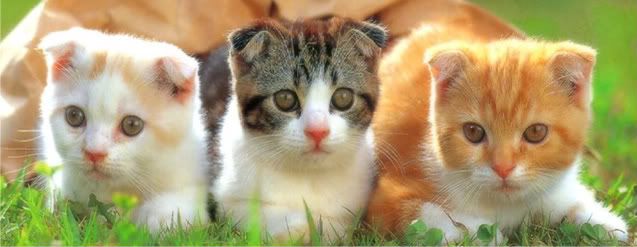
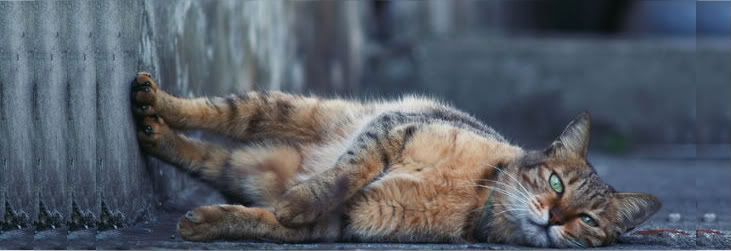

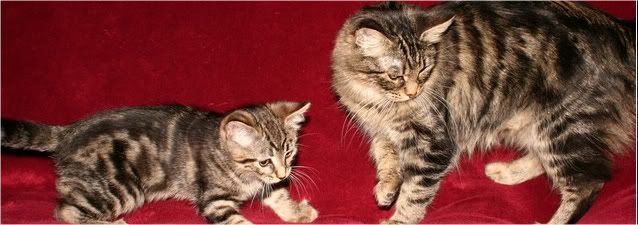
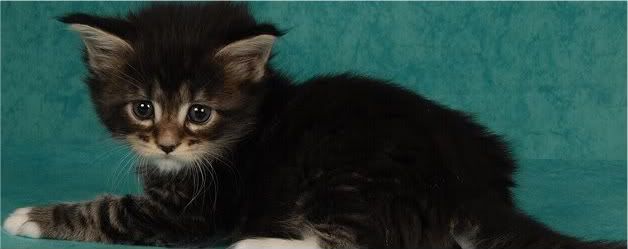
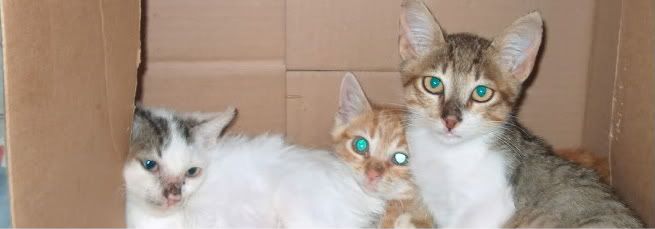
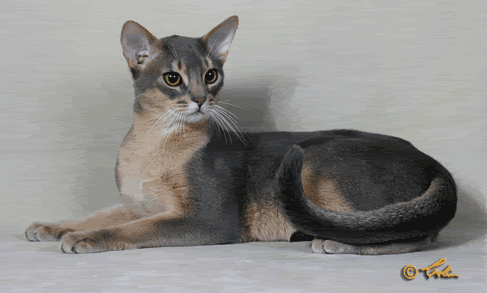

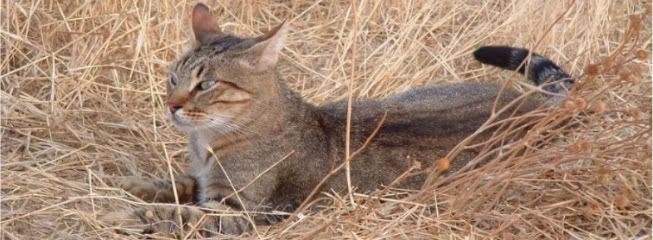
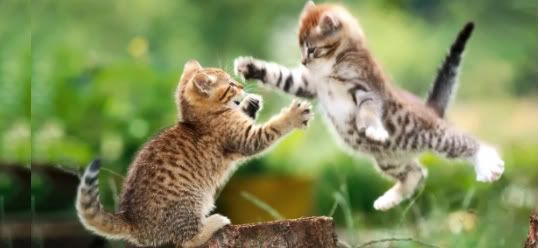
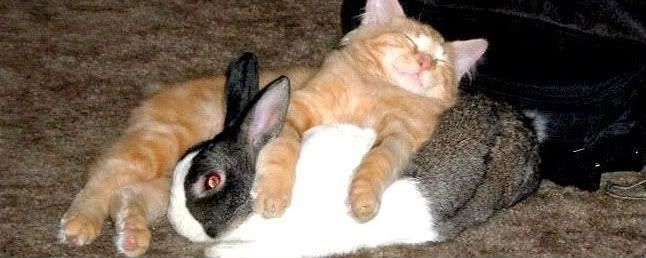
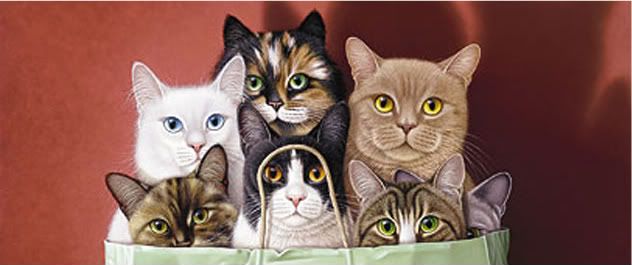
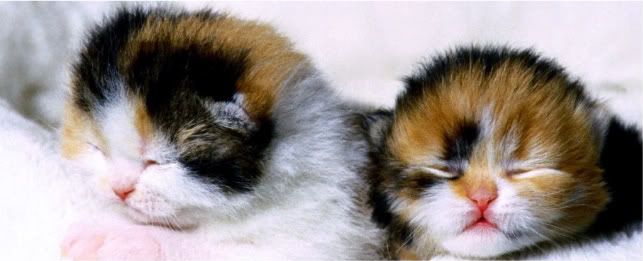
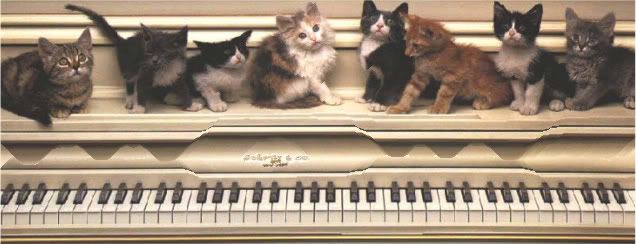

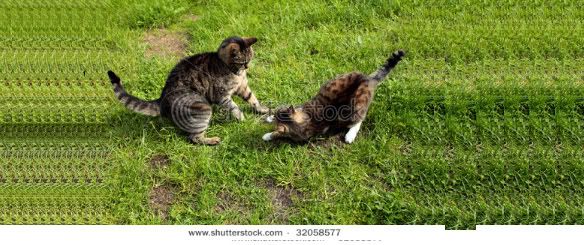














0 comments:
Post a Comment